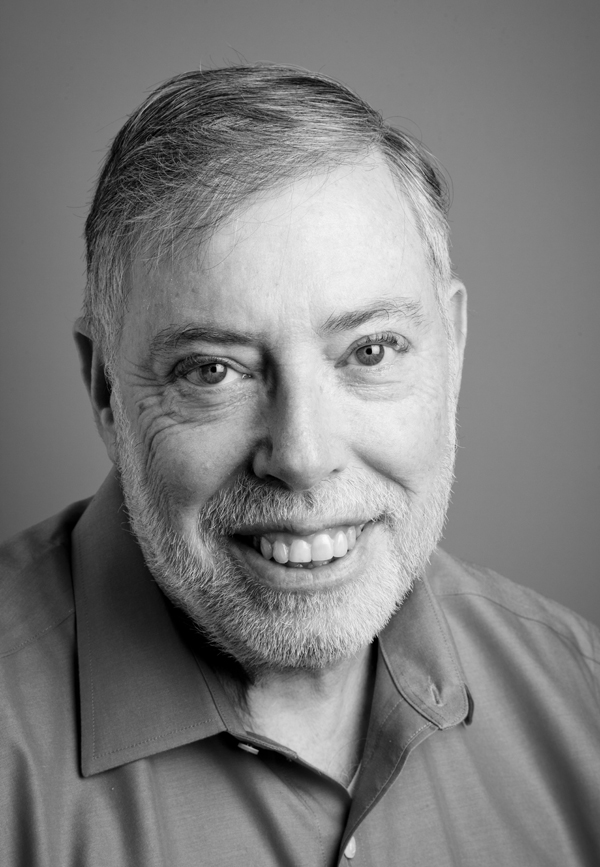BY SAMUEL I. SCHWARTZ | Over 20 years ago, when I was the city’s traffic chief, I warned that Lower Manhattan would be deluged with drive-through traffic if then-Congressman Guy Molinari’s one-way toll system at the Verrazano Bridge was passed into federal law. It was, and as a result, Lower Manhattan is suffering more than ever before from drive-through traffic.
Here’s why: Let’s say you’re a driver in Bensonhurst Brooklyn heading to your job in Newark Airport. You can hop on the Belt, take the Verrazano Bridge and pay $13 cash ($9.60 E-ZPass) to the Staten Island Expressway to the Goethals to the airport. Or you can take the Belt to the Gowanus to the BQE to the Brooklyn Bridge to the Holland Tunnel to the Pulaski Skyway to the airport. The toll charge: zero.
Let’s look at example 2. Now you’re driving a monster tractor-trailer, five axles, from Flatbush to the Elizabeth, N.J. Marine Terminal. You can go over the Verrazano Bridge for $70 cash—yes, you read that right, $70—or take Flatbush Ave. to the Manhattan Bridge across Canal St. to the Holland or Lincoln Tunnel (bigger trucks go to the Lincoln) and pay nothing!
Our pricing policy encourages driving through lower Manhattan when going from Brooklyn, Queens and Long Island to the 41 states west of the Hudson River. The bigger you are, the more you save. It’s no wonder there are so many pedestrian fatalities on streets around Chinatown, especially Canal St. The routes designed for trucks—I-278, Verrazano Bridge and Staten Island Expressway—are eschewed for the 103-year-old Manhattan Bridge, which was designed for horses and buggies, horseless carriages, and small trucks, and Canal Street, which was designed for walking.
The situation has gotten dramatically worse in the years since passage of the federal law. In 1990 the Verrazano Toll was $5. Two years ago it was $11, today it is $13, and it is scheduled to rise again next year. By 2020, according to a multiple regression analysis that I did, the fair will be $25 cash; by 2030 (18 years away) it will be $51. Lower Manhattan will become a parking lot for those heading elsewhere. Truckers trying to do business here will be stuck in the gridlock with even fewer places to park as the city responds with tougher loading restrictions to move traffic. This madness has to stop.
The mayor’s short-lived congestion pricing plan, with its tolls on East River bridges, would have been a step in the right direction, but I suggest we go further to protect lower Manhattan: We should reintroduce tolls on the East River bridges (they had been in effect up to 1911) and lower—yes again, you read me right—lower the toll at the Verrazano Bridge by $5 and return it to two-way collection. This would make it more expensive to pass through Lower Manhattan and less costly to detour around Lower Manhattan. It would take tens of thousands of cars and trucks off our streets. Lives would be spared, the air would be cleaner, and traffic would be able to move more swiftly. We could then focus on returning some truck loading space to city streets to make it easier for Lower Manhattan to get deliveries. As a lower Manhattan resident whose business is in Lower Manhattan, I’d prefer a toll (and no one actually likes paying a toll) to the status quo.
I have a city-wide plan that corrects our dysfunctional pricing system. It can be viewed by clicking the green button below “SSE Think Tank” at www.samschwartz.com. If you’re in accord please contact our Lower Manhattan elected officials especially our Assembly and Senate representatives. Ask them to take The Schwartz Plan seriously. I’m happy to say I’ve met with a number of elected officials and have found some resonance.
You will notice one other nicety for Lower Manhattan. I propose a pedestrian and bicycle bridge linking Lower Manhattan with Governor’s Island and Brooklyn. Imagine taking a 20-minute stroll from the Battery to Governor’s Island. Does it sound far-fetched? So did the West Side’s Highline Park 20 years ago. I estimate the cost of the new bridge at $250 million or just about what the Highline costs. Yes, I am a dreamer. The same was probably said of Thomas Pope who, in 1811, designed a Brooklyn-to-Manhattan bridge. It took 72 years for his vision to be realized with the opening of the Brooklyn Bridge in 1883. Come dream with me and maybe together we can short circuit the waiting period.
Samuel I. Schwartz is President, CEO and Founder of Sam Schwartz Engineering, PLLC.



































